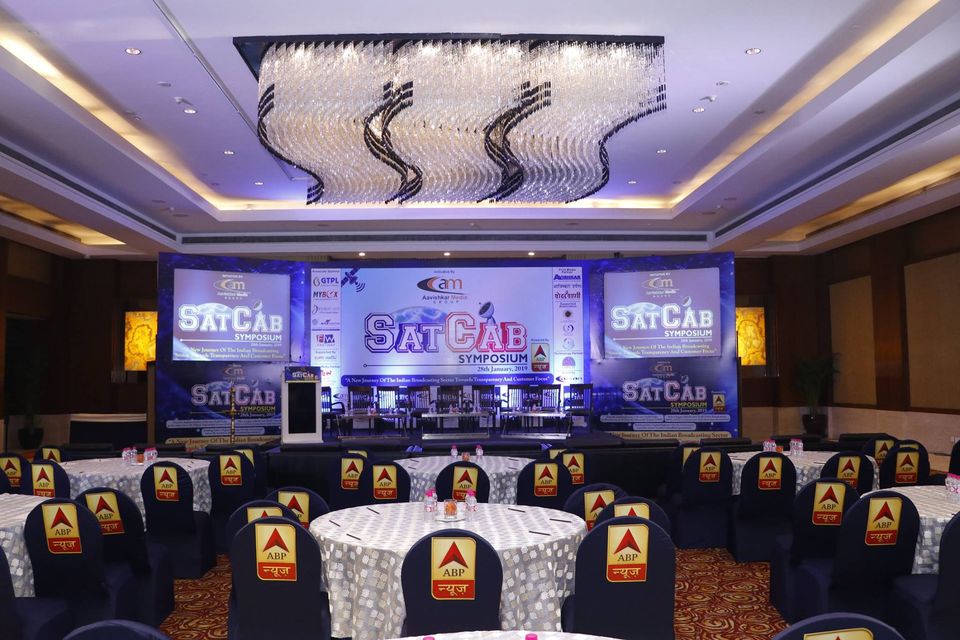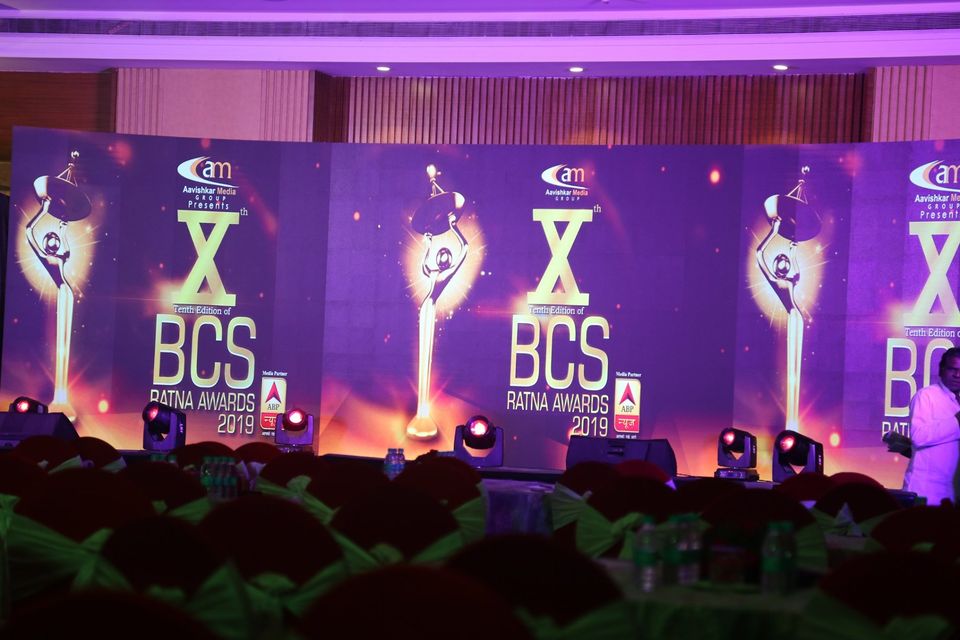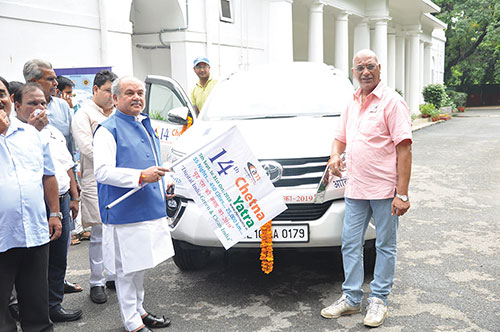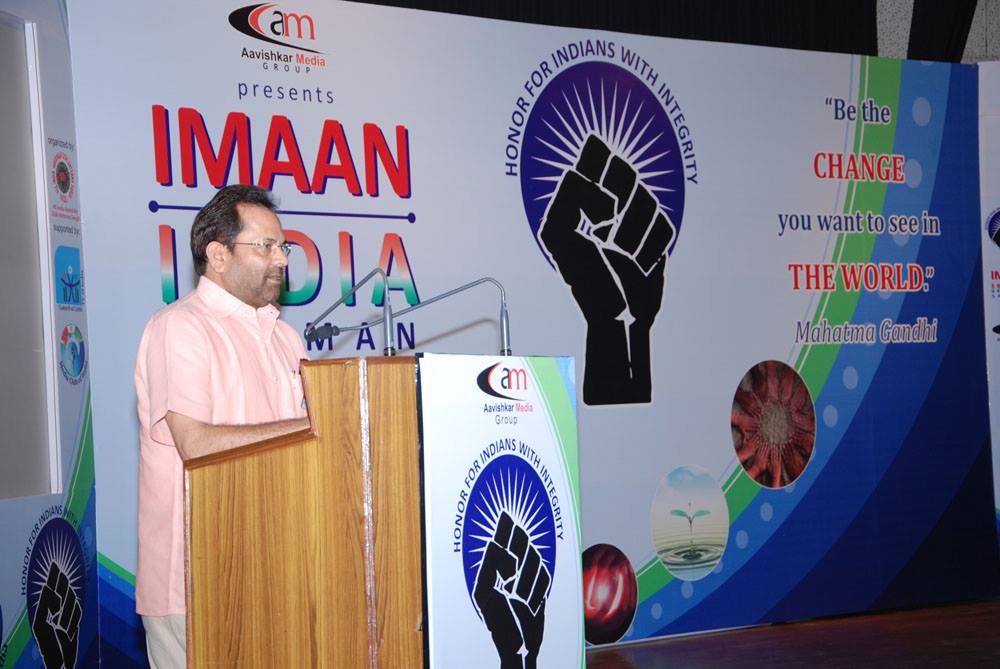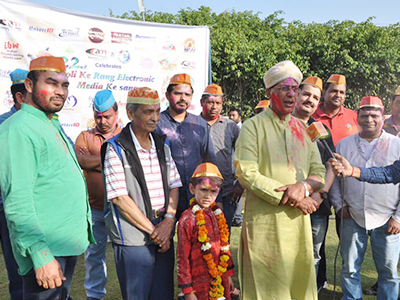The views on landing pages, much like everything in life, have their own two sides of a coin. The two sides in this case simply are views for and against landing pages.
But what exactly is a landing page? It refers to a scenario where cable & satellite audiences are exposed to a particular channel every time they switch on their set top box and the TV set comes alive.
How does this work? TV channels pay a decent premium to cable networks to park themselves on a default LCN wherein viewers land on a specific channel that has paid for prominent placement i.e., the landing page. This results in the viewer spending a minute or half a minute on that particular channel before moving on to things of the EPG.
But this sampling has an advantage. If the content is good, viewers continue with the landing channels, else they move on to another piece of content within or outside the genre.
According to landing page data for Week 31, 2023, the two leading genres with landing pages are Hindi general entertainment channels (GECs) and Hindi news channels, closely followed by English news and Marathi GECs, etc.
Interestingly, the total number within the news genre stands at 1350, making it the most dominant category when compared to the cumulative landing pages of all other genres.

Those who oppose landing page concept or the idea argue that landing pages provide a forced viewing experience, distinct from the natural flow of content consumption.
The viewer’s engagement can be approached in two ways: content pull and distribution push. Landing pages fall under the latter category, representing a form of distribution push. An analogy with the digital realm, they argue, is a situation where every time you unlock your phone, one particular application appears on the screen and one is required to spend 30 seconds or a minute on that app before one could access any other application.
However, this practice does not mirror the digital world. Critics argue that in an ideal scenario, the landing page channel should be the viewers’ preferred network or the channel they were last viewing before turning off their television set.
Yet, in the end, viewer discretion prevails. If the content is engaging, viewers will remain on the landing channel; if not, they will swiftly switch to a channel of their choice.
Does the presence of landing pages impact advertising traction? It is a nuanced question. While landing pages can enhance the reach of a channel, this might not translate directly into increased time spent or exposure to advertising breaks.
If viewers tend to switch away after the initial 30 seconds or a minute, advertisers on the channel might not experience significant benefits.
On the flip side, landing pages function as an effective marketing tool. They resemble placing a product prominently on a store shelf, offering viewers a chance to engage with the content.
Those in favour of landing pages validate their stand that landing pages are influenced by market dynamics — there is a buyer and a seller for a landing page slot. Regulating landing pages raises questions about the extent to which such practices can be controlled.
They argue, in essence if we ban landing pages, what happens to prevalent placement practices that have existed in the industry for years? Carriage fees for better placements, package deals, and bids for free-to-air platforms? All these practices suggest that landing pages are not unique in their influence.
A balanced approach may be the key: clear regulations ensuring a level playing field for all.
Alternatively, the entire broadcast industry could be left unregulated, subject solely to market forces. But a hybrid scenario where some aspects are regulated and others are not would inevitably raise concerns.
Ratings agencies perform their roles, but their data collection is constrained by a finite sample size. Attempts to remove discrepancies often involve human intervention, and where human involvement exists, questions on data integrity and credibility emerge.
(Author Pankaj Krishna is Founder & CEO of Chrome DM, a technology-driven market research firm with a pan-India on-ground presence. The views expressed are those of the author and Indianbroadcastingworld.com is not responsible for them.)
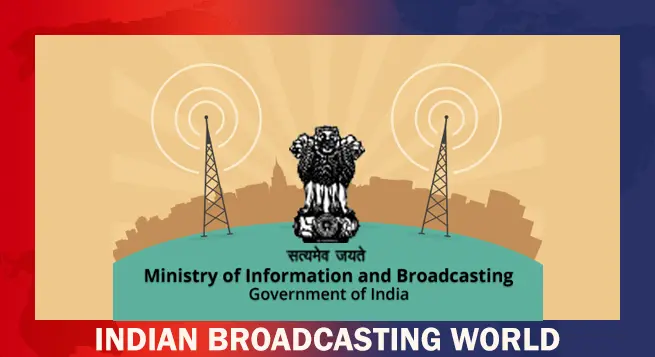 New draft of B’cast Bill proposes to regulate news influencers
New draft of B’cast Bill proposes to regulate news influencers 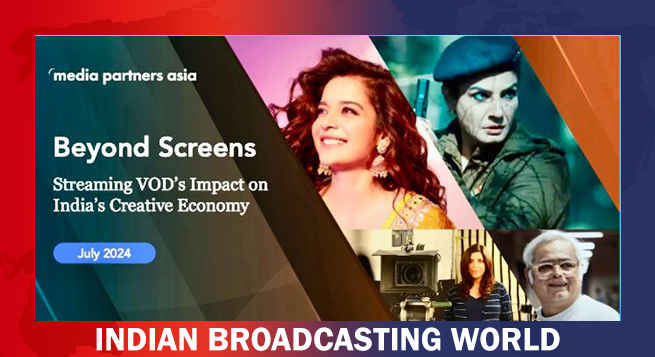 Premium online video to fuel 50% new revenue growth in India: MPA report
Premium online video to fuel 50% new revenue growth in India: MPA report  Top performer India’s 2024-29 ad revenue to grow@9.0%: MPA
Top performer India’s 2024-29 ad revenue to grow@9.0%: MPA 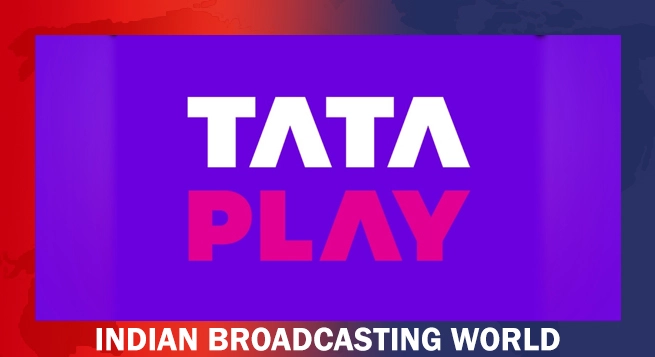 Tata Play’s revenue dips 4.3% to Rs 4,304.6 cr in FY24
Tata Play’s revenue dips 4.3% to Rs 4,304.6 cr in FY24  General Anil Chauhan joins News9 to honour 25 years of Kargil victory
General Anil Chauhan joins News9 to honour 25 years of Kargil victory 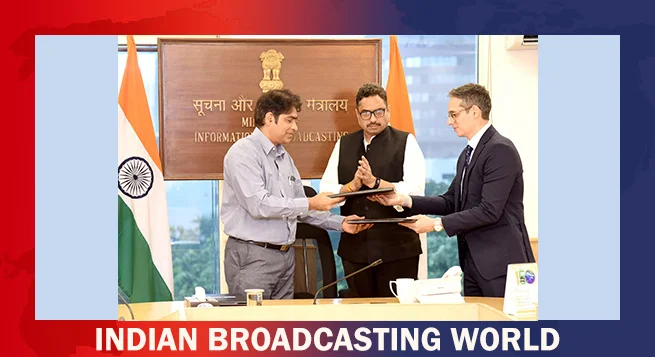 NFDC, Netflix partner to upskill voice-over artists in India
NFDC, Netflix partner to upskill voice-over artists in India  Sony LIV launches #MaamlaGambhirHai campaign
Sony LIV launches #MaamlaGambhirHai campaign 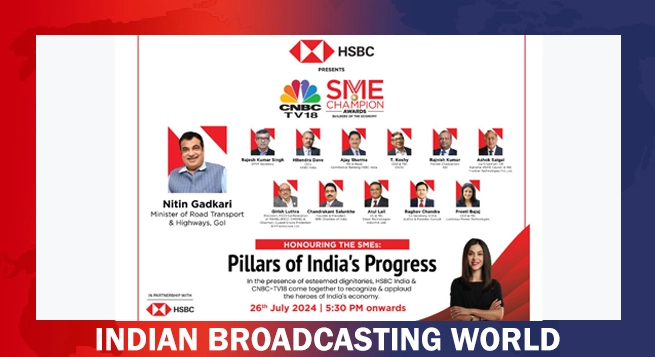 CNBC-TV18, HSBC India honor SMEs with Champion Awards
CNBC-TV18, HSBC India honor SMEs with Champion Awards 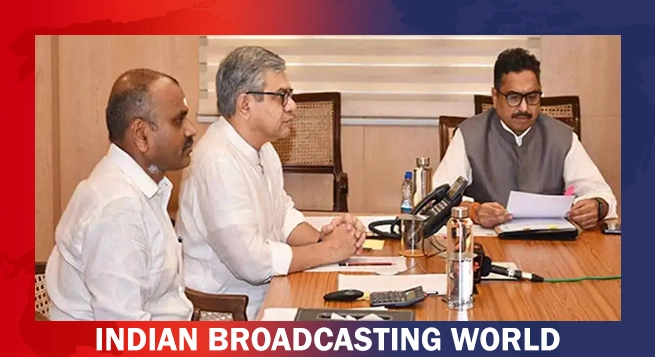 Ashwini Vaishnaw inaugurates ‘Apna Radio 90.0 FM’ at IIMC Aizawl
Ashwini Vaishnaw inaugurates ‘Apna Radio 90.0 FM’ at IIMC Aizawl  ‘Sam Bahadur’ to premiere on Zee Cinema on July 28
‘Sam Bahadur’ to premiere on Zee Cinema on July 28 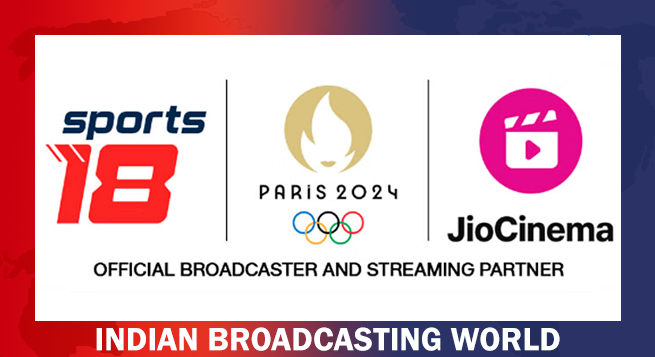 Viacom18 announces exclusive coverage of Olympic Games opening ceremony
Viacom18 announces exclusive coverage of Olympic Games opening ceremony 



